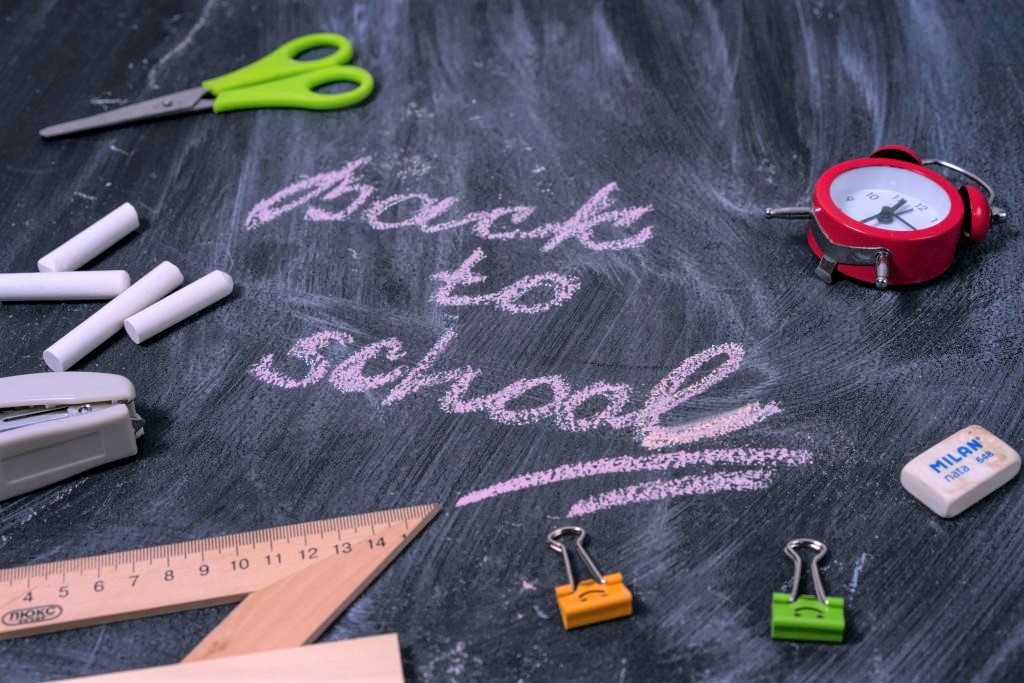 Q: Is it safe to send my child back to school?
Q: Is it safe to send my child back to school?
A: I’m not a child development expert, but I am a parent of two kids and an expert on virus transmission. Our family talked about this recently and unanimously agreed that if kids are healthy and schools are taking proper precautions, then the benefits of in-person schooling outweigh the risks to kids, even in the context of what we currently know about the delta variant. Or another way of putting it is that the risks of not attending school in person are greater than the risks of attending.
Proper precautions include mandatory masking of students and staff, keeping windows and doors open whenever possible to improve ventilation, adding a portable HEPA air filtration unit to each classroom, providing an outdoor option for lunch, and removing plexiglass barriers as they have been shown to be linked to higher transmission in schools probably because they block proper ventilation, along with regular handwashing and cleaning.
My kids desperately want to go back to school full-time, in-person because it is much more stimulating for them. I saw them languishing last year intellectually, physically, emotionally, and socially during remote schooling. The calculus has changed a bit because of delta, but given that vaccines are available to all those ages 12 and up, I still think the benefits outweigh the risks for my family.
Q: What questions should I be asking the school?
A: Are masks required? What have you done to improve ventilation? Have you added a portable HEPA air filtration unit to each classroom? Are the staff members vaccinated? How are you handling lunch?
Q: Are there extra precautions I can take to protect my child?
A: Get your child a high-performance mask, something like a KN95, or KF94 made to fit kids, or a cloth mask with a filter layer. My kids wear tight-fitting cloth masks with a filter layer of surgical mask material or HEPA sandwiched in the middle. Make sure the mask fits well with no gaps around the nose, cheeks, and chin. It should have metal around the nose bridge so that you can shape the mask to your child’s face. Teach your child that it is very important to wear the mask at all times, except when eating, and to make sure it fits tightly.
Q: Should children wear masks in the classroom?
A: Yes, absolutely. A couple of months ago, I was on the fence, but now that delta has emerged, I am firmly on the side of masking.
Q: What’s the risk of sending my child to school if the rest of the family is vaccinated?
A: Much lower than if the rest of the family is not vaccinated. There’s still a non-zero risk that your child could get infected, perhaps even asymptomatically, and transmit to family members, but if they are vaccinated, the chances of them becoming sick enough to require hospitalization is very low.
Q: What words of reassurance do you have for parents sending unvaccinated kids back to school in the fall?
A: The fact that many of those ages 12 and up have been vaccinated is helpful for unvaccinated kids because it means that it’s harder for the virus to spread throughout the community. While we’re waiting for the vaccines to be approved for those under 12, one of the most important things we can do is to help others decide to get vaccinated. We know a lot more about how the virus spreads and how best to control it than we did last year.
Because the virus spreads mainly through the air, masks and good ventilation and filtration can greatly reduce the risk of transmission. Many schools operated in-person last year and avoided large outbreaks if the school had strong precautions. COVID-19 seems scary and unknown, and we would love for there to be zero risk, of course; thankfully the risk for kids is much, much lower than for other age groups. We manage other things that pose risks to kids, such as car accidents, with strong precautions, and we can do the same with COVID-19.


